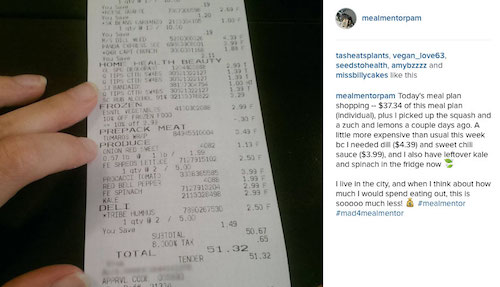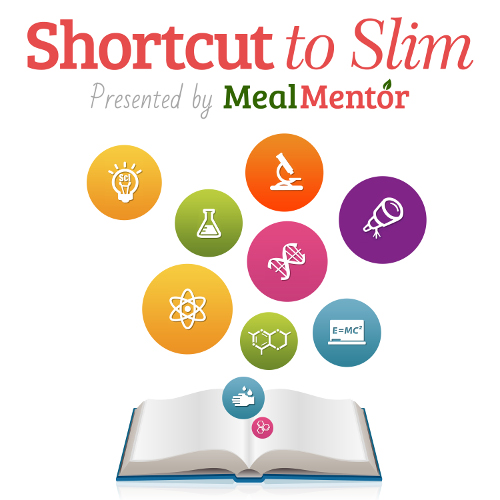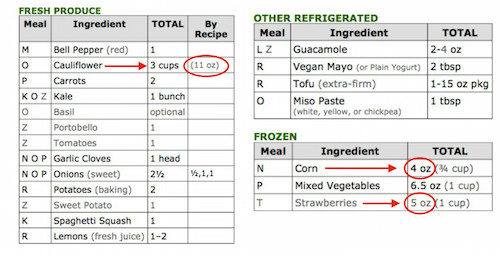I never realized this before
Has this ever happened to you?
You go to the grocery store…
BEST intentions… Ready to finally get your act together...
Fill your shopping cart with TONS of healthy ingredients…
Cry a little when the bill is $200 dollars...
Get home and have NOTHING?
No idea what you flippin’ bought???
AND!!!
Anything you want to make...
You still don’t have all the ingredients for?
This happened to me ALL. THE. TIME.
OR I would buy way too much and it would go bad.
I had SO MUCH waste because of good intentions but lack of a good plan.
I CRINGE thinking how much money I lost!!!
Food waste is an expense you never realize you have
Until you STOP HAVING IT.
The average family spends $2225 a year on wasted food.
And Making a “quick trip” to the store??
You’ll typically purchase 54% MORE than you planned.
Even if you only make two extra trips to the grocery store each week, you’ll still spend an extra (unplanned) $157.50 a month!
(But at only $10-$20 a pop, you don’t feel that total weight to realize it.)
The only way to avoid this waste is to have a PLAN.
You can’t go to the store without a shopping list. CAN’T!!
A list is how you AVOID impulse purchases or overbuying.
And you can’t make a list without planning your meals.

We even take it one step further at Meal Mentor…
NO INGREDIENT WASTE!
Our menus use up EVERYTHING you buy.
Absolutely no unused foods or oddball leftovers
Because half a bell pepper or can of tomato paste has a cost.
So the question now is:
Are you ready to SAVE SAVE SAVE?
STOP the food waste, overbuying, and spoils?
If so, join 5,447 other savvy shoppers!
Get your zero-waste food plan and shopping list now.
P.S. Post your massive savings on Instagram or the forums this week for a chance to win a $25 gift certificate to Amazon. Because it PAYS to save ;)





